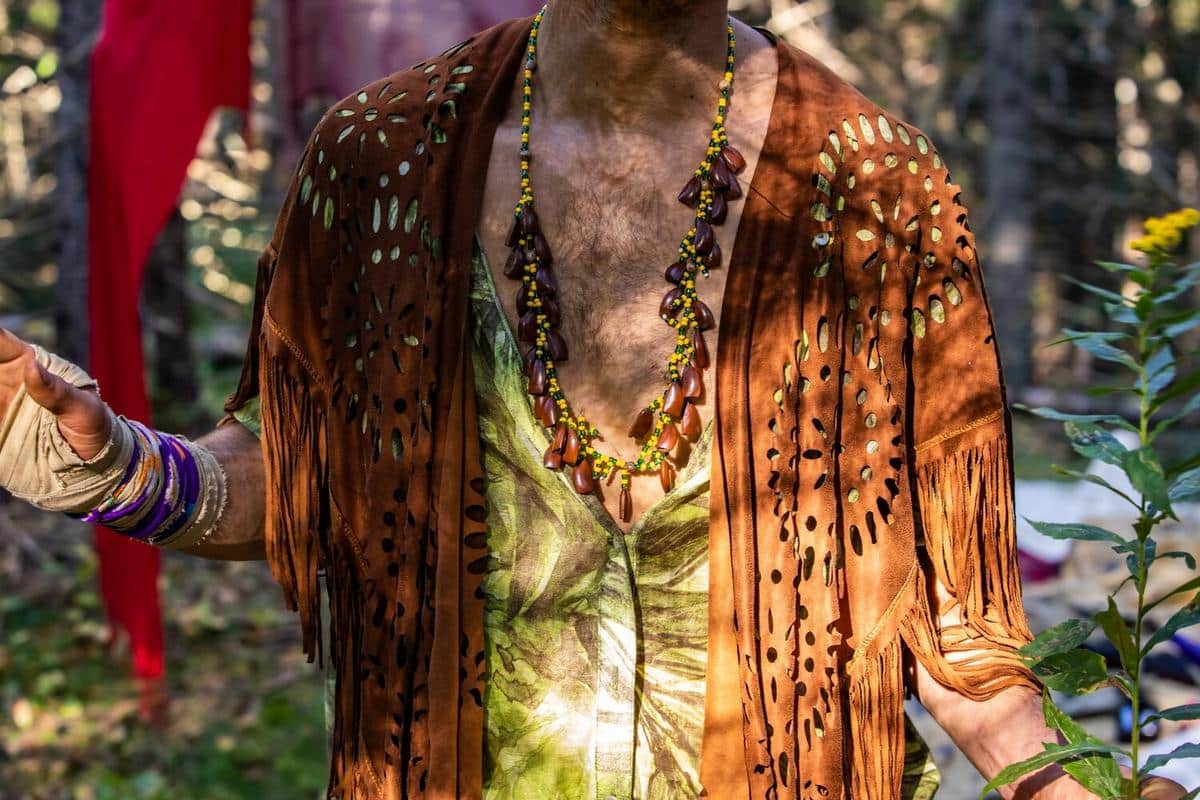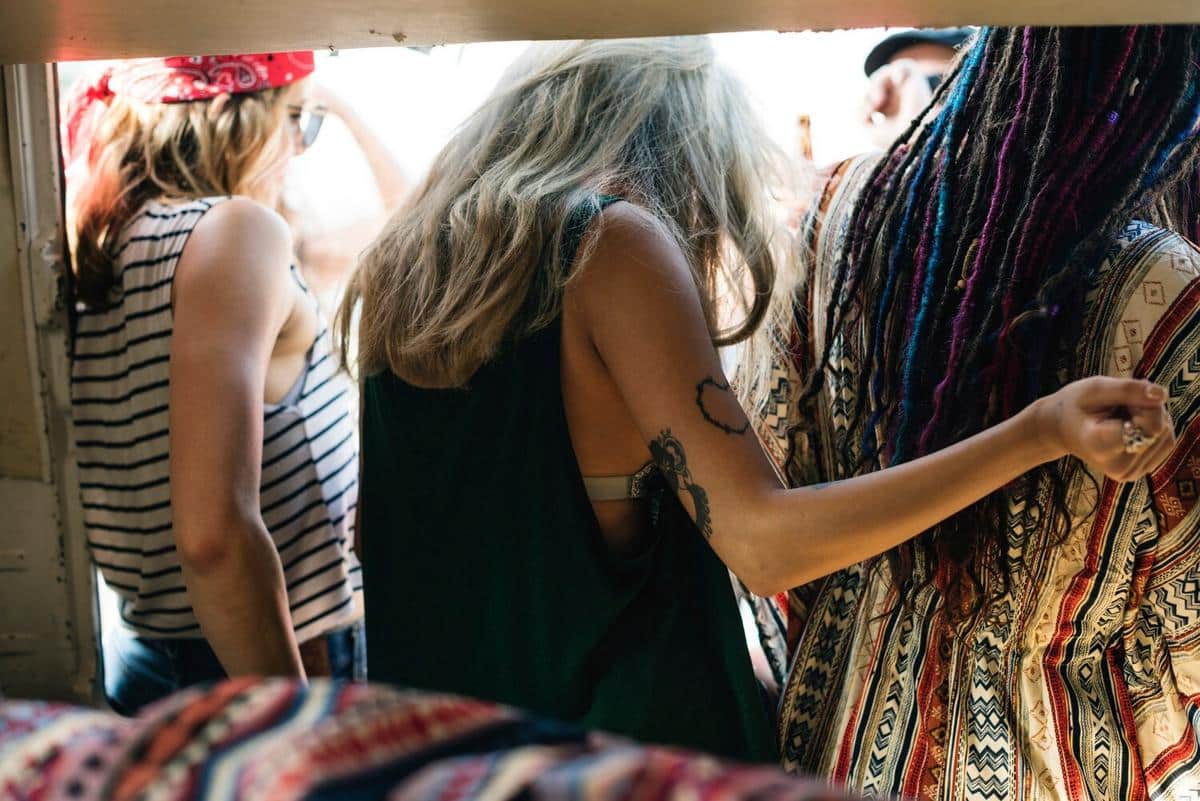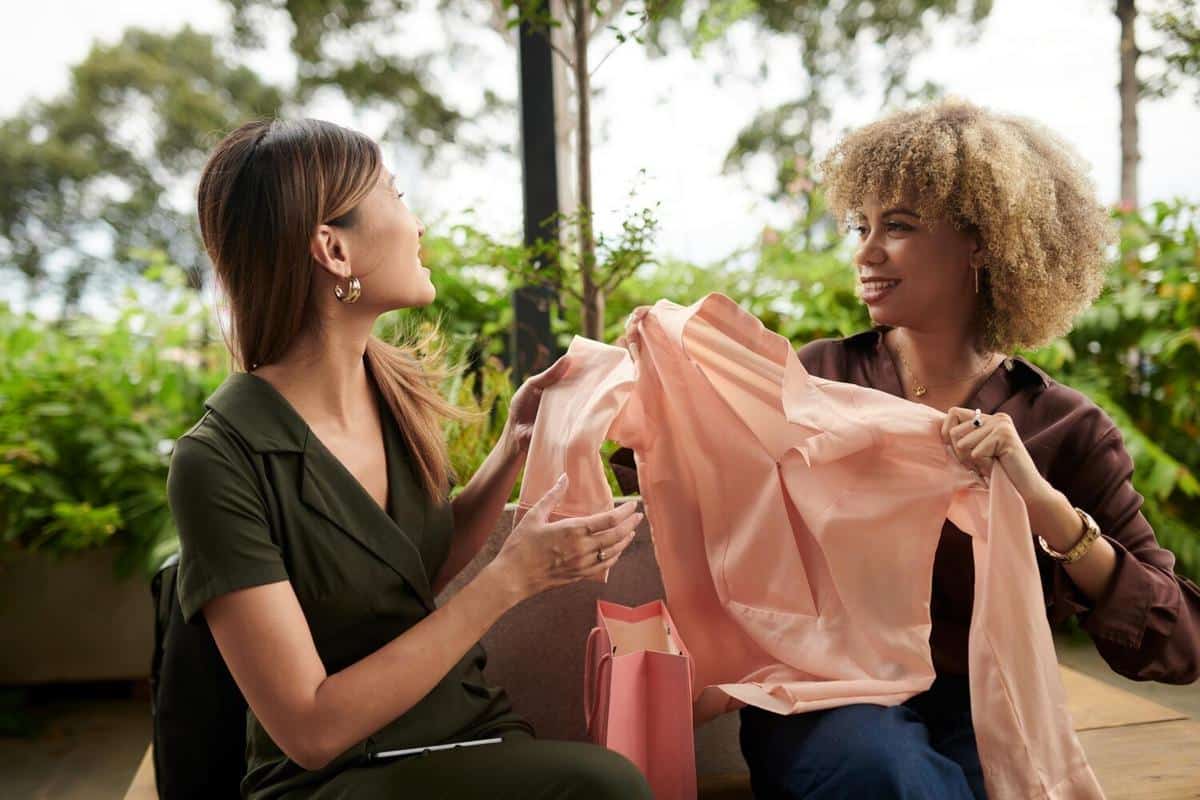
Celebrating Indigenous Designers and Their Contributions
Fashion is a powerful medium that transcends mere aesthetics, reflecting diverse cultural narratives and personal stories. Among the many cultural influences that shape the fashion industry, the contributions of Indigenous designers stand out for their unique blend of tradition and innovation. In this article, we delve into the vibrant world of Indigenous fashion, celebrating its rich heritage and exploring the remarkable impact of these designers on the global fashion landscape.
The Rich Tapestry of Indigenous Fashion
Indigenous designers bring to the fashion world a profound connection to their cultural roots, often incorporating traditional motifs and techniques passed down through generations. This blend of heritage and contemporary design not only preserves cultural identity but also offers fresh perspectives in fashion. According to the First Nations Fashion and Design, Indigenous designers infuse their work with storytelling, each piece reflecting a narrative steeped in history.
Expert Insights and Opinions
Fashion historian Dr. Valerie Steele notes, ‘Indigenous fashion is not just about aesthetics; it’s about preserving a cultural narrative that has been marginalized for too long.’ This sentiment is echoed by Indigenous designer, Jamie Okuma, who emphasizes the importance of using fashion as a platform for cultural expression and empowerment.
Statistics: Growing Influence
The global fashion industry is taking note of Indigenous contributions. A report by the Council of Fashion Designers highlights a 35% increase in collaborations between mainstream fashion labels and Indigenous designers over the past five years. This trend underscores the growing demand for authentic and culturally rich fashion pieces.
Personal Stories: A Designer’s Journey
Consider the journey of Alex, an Indigenous fashion designer who blends traditional beading techniques with modern silhouettes. Her work has been featured in prominent fashion weeks, gaining acclaim for its authenticity and craftsmanship. Alex’s designs are more than clothing; they are a celebration of her heritage and a testament to the resilience of Indigenous cultures.
Actionable Tips for Supporting Indigenous Fashion
- Purchase from Indigenous-owned brands to directly support the designers and their communities.
- Attend Indigenous fashion shows and exhibitions to immerse yourself in the culture and artistry.
- Educate yourself on the history and significance of Indigenous fashion to appreciate its depth fully.
Resources and Further Reading
For those interested in exploring more about Indigenous fashion, websites like the Indigenous Fashion Collective offer a wealth of information and resources. Additionally, following Indigenous designers on social media platforms can provide insights into their creative processes and upcoming collections.
Frequently Asked Questions
Why is Indigenous fashion important?
Indigenous fashion plays a crucial role in preserving cultural heritage and providing a platform for marginalized voices.
How can I support Indigenous designers?
Support Indigenous designers by purchasing from their collections, attending their shows, and promoting their work on social media.
Are there any renowned Indigenous fashion designers?
Yes, designers like Jamie Okuma and Bethany Yellowtail are renowned for their contributions to the fashion industry.
Conclusion: Celebrating Cultural Diversity
Indigenous designers are not just contributing to fashion; they are reshaping it by bringing cultural narratives to the forefront. As consumers, supporting these designers is a step towards a more inclusive and diverse fashion industry. By embracing Indigenous fashion, we celebrate the stories, traditions, and innovations that these talented designers bring to the global stage.


